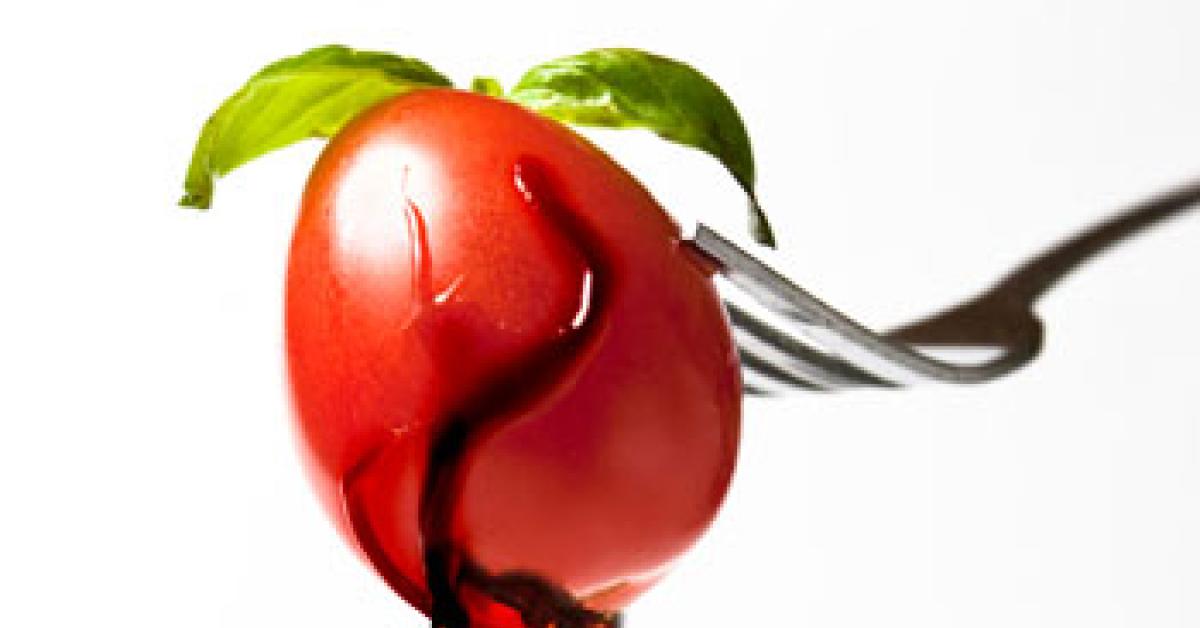CONCORD, N.C. — I was interviewed recently for one of those all-too-common consumer reports on drycleaning. The reporter recounted horror stories at the cleaners. Soon, she hit a nerve: “My mom said that cleaners used to get out stains, but today they just make excuses.”
I sincerely hope that she is not referring to your operations. The technical side of garment cleaning carries as much importance to your success as do your promotional efforts. A reputation for poor quality and indifferent service will render each dollar you spend on advertising worthless.
I often hear that two stains—soy sauce and balsamic vinaigrette—are “impossible” to remove. Not true. Armed with knowledge and by giving a little effort, you can remove them and enhance your professional reputation.
SOY SAUCE
As a plant, soybean would normally be treated as a tannin stain, using standard protocol. But soy sauce is formulated with an oily-based carrier for the seasoning ingredients. While basic drycleaning may partially remove the stain, the heat of drying/deodorizing will almost certainly make removing the remainder much more difficult.
Place the stain over the solid portion of a spotting board, apply a few drops of a laundry/wet-side paint-oil-grease remover (POG), and then light mechanical action. Place the stain over the vacuum nose of the board and flush with wet steam. (Beginning with a laundry POG will remove most or even the entire oil carrier before you address the tannin side of the stain.)
Place the stain over the solid portion again and apply neutral synthetic detergent (NSD) and light mechanical action. Return it to the vacuum nose and flush with steam. Place it over the solid portion and apply tannin stain remover and light mechanical action. Count slowly to 10 before applying a few more drops with light mechanical action. Place the stain over the vacuum nose and flush with steam.
If any stain remains, place it over the solid portion and apply general formula and light mechanical action. Return to the vacuum nose and flush with steam. If still visible, apply NSD and flush any remaining tannin stain remover with wet steam. Return to the solid portion, apply a mild, oxidizing bleach and heat the area with a light puff of steam. Neutralize the bleach with a few drops of acetic acid or tannin formula. Place the area over the vacuum nose and flush with steam, and then dry the area.
BALSAMIC VINAIGRETTE
This salad dressing is based on vinegar and olive oil, which carry a variety of ingredients. It is actually two stains in one.
The first stain to deal with is the olive oil. If the stain has a darkened, oily appearance with little or no color, pretreat it with a mild POG and dryclean as normal. If the stain contains color, you must take into account that the heat of drying may affect it. Start out dry side if there is no color. Start out wet side if there is color.
After removing the olive oil, treat the stain as a wine stain. Place it over the vacuum nose of the spotting board, flush with steam to heat the area and spread the fibers. Apply NSD and light mechanical action before flushing again with steam. Place the stain over the solid portion of the spotting board and apply a few drops of tannin stain remover and light mechanical action. Return the stain to the vacuum nose and flush with wet steam. If a portion of the stain remains, place it over the solid portion and apply general formula and light mechanical action. Return the stain to the vacuum nose and flush the area with steam. The remainder of the stain can now be removed using oxygen bleach.
These two stains are two of the hardest for a cleaner to remove. They require patience, effort and, in most cases, some bleaching at the spotting board to remove the final traces.
Have a question or comment? E-mail our editor Dave Davis at [email protected].

